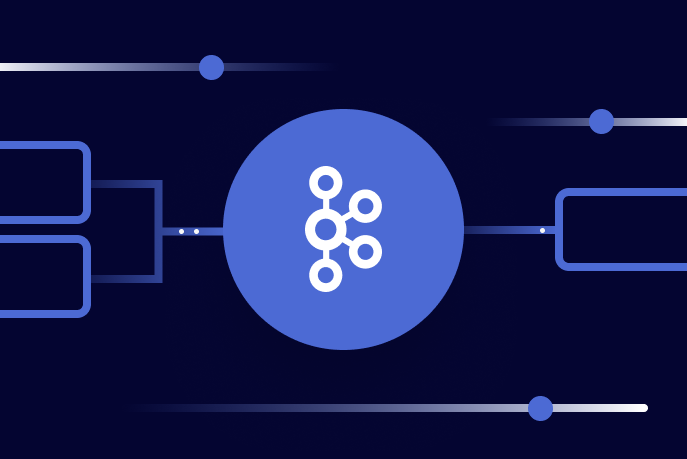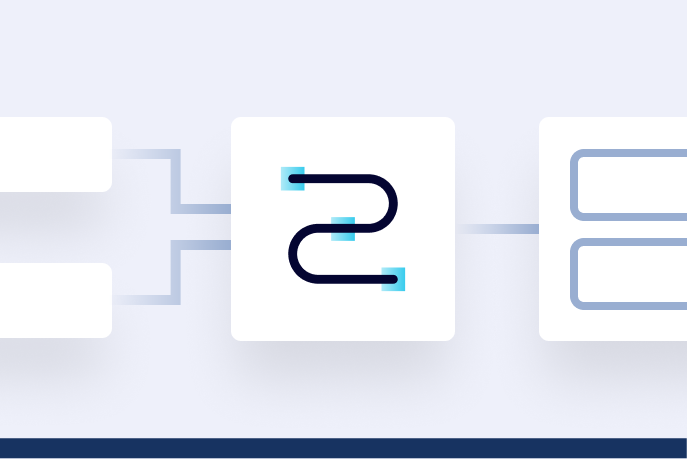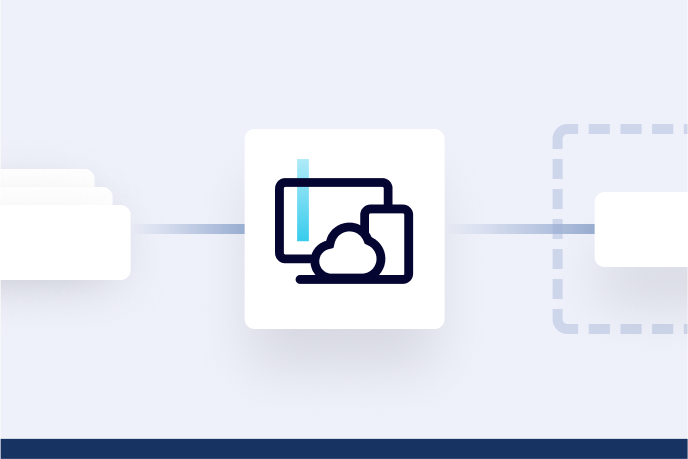[Webinar] How to Implement Data Contracts: A Shift Left to First-Class Data Products | Register Now
Confluent Blog
Data Products, Data Contracts, and Change Data Capture
Change data capture is a popular method to connect database tables to data streams, but it comes with drawbacks. The next evolution of the CDC pattern, first-class data products, provide resilient pipelines that support both real-time and batch processing while isolating upstream systems...
Unlock Cost Savings with Freight Clusters–Now in General Availability
Confluent Cloud Freight clusters are now Generally Available on AWS. In this blog, learn how Freight clusters can save you up to 90% at GBps+ scale.
Contributing to Apache Kafka®: How to Write a KIP
Learn how to contribute to open source Apache Kafka by writing Kafka Improvement Proposals (KIPs) that solve problems and add features! Read on for real examples.
Optimizing Supply Chains with Data Streaming and Generative AI
Effective supply chain management relies on the ready availability of well-governed, real-time data. Learn how Confluent facilitates supply chain optimization.
Event-Driven AI: Building a Research Assistant with Kafka and Flink
The rise of agentic AI has fueled excitement around agents that autonomously perform tasks, make recommendations, and execute complex workflows. This blog post details the design and architecture of PodPrep AI, an AI-powered research assistant that helps the author prepare for podcast interviews.
New in Confluent Cloud: Extending Private Networking Across the Data Streaming Platform
Confluent Cloud 2024 Q4 adds private networking and mTLS authentication, follower fetching, Flink updates, WarpStream features to support migration and governance, and more!
IAG & Kmart: The Business Impact of Data Streaming in Australia & New Zealand
Discover how Confluent has transformed data management for Kmart and IAG in Australia and New Zealand with its real-time data streaming platform.
Stop Treating Your LLM Like a Database
GenAI thrives on real-time contextual data: In a modern system, LLMs should be designed to engage, synthesize, and contribute, rather than to simply serve as queryable data stores.
Scaling Web Scraping with Data Streaming, Agentic AI, and GenAI
In building the next generation of web agents, we need the simplest, fastest way to extract web data at scale for production use cases.
Three AI Trends Developers Need to Know in 2025
Continuing issues with hallucinations, the increasing independence of agentic AI systems, and the greater usage of dynamic data sources, are three AI trends you may want to monitor in 2025.
Generative AI Meets Data Streaming (Part III) – Scaling AI in Real Time: Data Streaming and Event-Driven Architecture
In this final part of the blog series, we bring it all together by exploring data streaming platforms (DSPs), event-driven architecture (EDA), and real-time data processing to scale AI-powered solutions across your organization.
Generative AI Meets Data Streaming (Part II) – Enhancing Generative AI: Adding Context with RAG and VectorDBs
In Part 2 of the series, we take things a step further by enhancing GenAI with the tools it needs to deliver smarter, more relevant responses. We introduce retrieval-augmented generation (RAG) and vector databases (VectorDBs), key technologies that provide LLMs with the context they need.
Generative AI Meets Data Streaming (Part I) – Data as the Engine: Building the AI Fundamentals
This blog series explores how technologies like generative AI, RAG, VectorDBs, and DSPs can work together to provide the freshest and most actionable data. Part 1 lays the foundation for understanding how data fuels AI, and why having the right data at the right time is essential for success.
Predictive Analytics: How Generative AI and Data Streaming Work Together to Forecast the Future
Discover how predictive analytics, powered by generative AI and data streaming, transforms business decisions with real-time insights, accurate forecasts, and innovation.
Supercharging Ad Campaign Performance with Generative AI + Confluent
Transform your ad campaigns with generative AI + Confluent. Optimize performance, automate tasks, and deliver personalized content—all in real time.
Using Multi-Language Data Streams for Scalable Translation and Localization
Break language barriers with multi-language data streams. From real-time translation to scalable localization, global communication has never been easier. Explore the best practices and tools to expand your reach.
Integrating Salesforce with Snowflake
Integrate Salesforce with Snowflake to unlock the full potential of your business data. From real-time reporting to advanced analytics, this powerful combination ensures seamless data flow and better decision-making. Learn how to get started and explore best practices:













